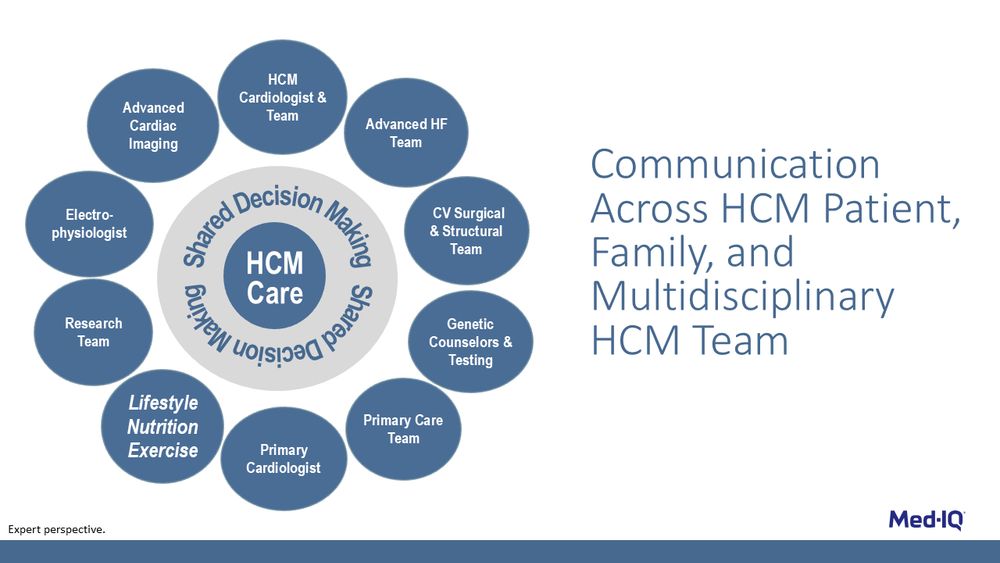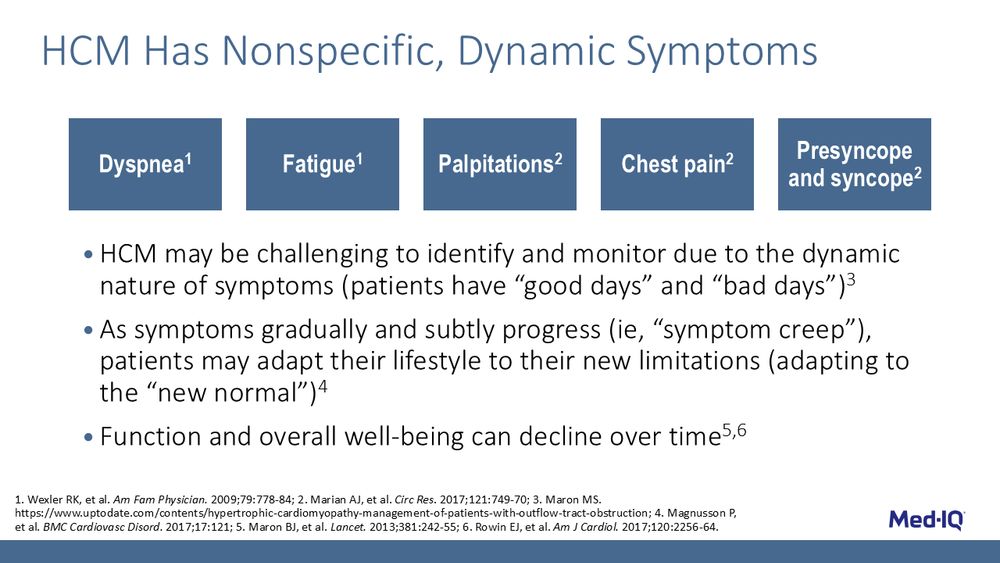Med-IQ cardiology
@med-iqcardiology.bsky.social
47 followers
42 following
250 posts
Your go-to source for cardiology education. Sharing the latest in cardiovascular medicine, guidelines and CME. @med-iq.bsky.social is a leading provider of CME-accredited content, dedicated to better healthcare for all.
Posts
Media
Videos
Starter Packs



![The first slide summarizes key findings from the RESET-HCM study. The subtitle reads “The Randomized Exploratory Study of Exercise Training in Hypertrophic Cardiomyopathy (RESET-HCM).” The main content includes four bullet points: 136 patients with HCM; mean age, 50.4 years; Randomly assigned to 16 weeks of moderate-intensity exercise training or usual activity; Moderate-intensity exercise resulted in a significant but small increase in exercise capacity (+ 1.35 mL/kg/min) vs the usual activity group (+0.8 [95% CI, -0.62 to 0.79] mL/kg/min); P = 0.02; No adverse events (sustained ventricular arrhythmia, SCA, appropriate defibrillator shock, or death) in either group. The text “No adverse events” appears in red for emphasis.](https://cdn.bsky.app/img/feed_thumbnail/plain/did:plc:v4dnv5uuuye6avecie5uhirg/bafkreie2f2hranut3xw7c3tirj5io5q55pgxitpjyjsppbeqdcgn6xhgwe@jpeg)
















